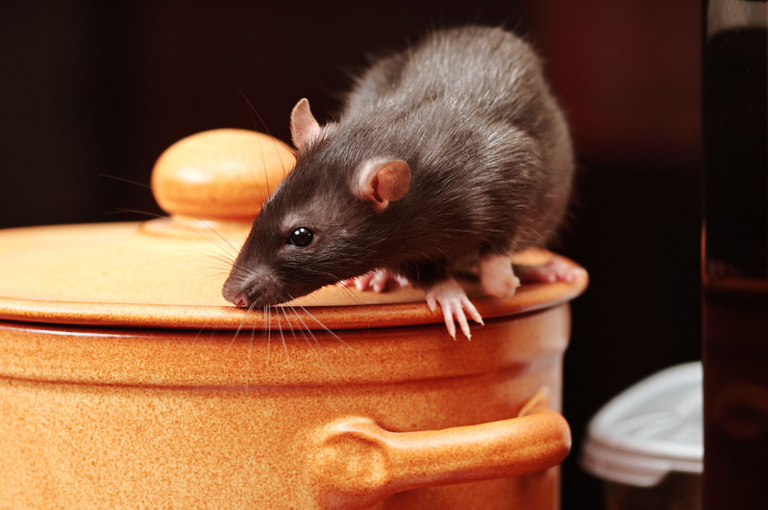Preserving materials and dealing with pests without chemicals
A piece of news emerged a few days ago in the major news outlets in Nigeria. It was about a particular community in the Northern part of the country whose population is not more than 125,100 people. They suffer an annual death of about 150 people from kidney-related abnormality. One of the reports can be accessed here.
According to my mathematics, that's about 0.12% of the population being lost to kidney problems alone annually. Losing a member of the population to a kidney problem every two and a half days cannot be a mere coincidence. Some has got to be wrong somewhere.
According to reports, the issue has been linked with different phenomena within the community. A section of the health practitioners in the community attributed the cause to the domestic water in the community.
A stronger and more logical argument, however, is that there is this particular chemical that the community uses to preserve and protect their farm produce from pests. Agriculture is the major occupation of the populace.
There is a huge lesson to be learned. The use of chemicals to preserve materials (foods, especially) or get rid of pests in our various households or communities can be extremely detrimental to our health.
There are several other ways we can preserve our foods or get rid of pests without resorting to the usage of chemicals. There is no fool-proof way one can escape the bioaccumulation of chemicals in our body system as long as these chemicals are being used in our houses or environments.
The chemicals enter our system directly by percolation through the skin, inhalation, and r by ingestion. Indirectly, the chemicals find their way to the community's food chain. Sooner or later, their concentrations build up in the body cells/tissues to a level that symptoms start manifesting in the body.
So, how can we preserve materials or get rid of pests without chemicals?

Dehydration
Most materials, including foods, get spoiled by microbes. These microbes require water for their activities. thus, removing water from materials as much as possible will help prolong the life of such materials without resorting to chemicals.
Dehydration can be done naturally by placing the materials to be preserved in the sun until adequate water has been removed. It can also be done artificially by using dehydrating ovens or any other means that get the job done.
Cryopreservation
Cryopreservation means preserving materials at cold temperatures. Most spoilage microbes thrive well at room temperatures. Extremely high or low temperatures either kill or deactivate them.
Thus, materials can be preserved by storing them at low temperatures, either in refrigerators or any other means. Unlike dehydration, preservation at cold temperatures can only last a while. Especially if the temperature is not constant.
The length of preservation also depends on the kind of materials. Food materials have a specific amount of time they can be cryopreserved. After then, they become dangerous to our health if they are consumed.
Biological control of pests
Pests are organisms that are capable of causing economic damage to materials. They have one characteristic that makes them successful - the ability to reproduce at very fast rates.
Almost every household, especially in developing countries has one or more pests they deal with. Just last week, I escorted a friend to purchase a pesticide meant to deal with cockroaches. The aim was to send the chemical to a family friend of his who is based in a country in the middle east.
Because of the high rate of reproduction of pests, dealing with them physically might really not work. The best and the safest approach is to introduce a natural predator into the house to deal with them.
The two most common pest problems in households are rats and cockroaches. Rats infestation can be dealt with by introducing cats into the house. Cats naturally hunt down and feast on rats. In no type, the population of rodents will go down significantly.
Wall geckos might be considered a pest on one hand (are they?). However, their natural capacity to feed on insects makes them a good candidate to deal with a cockroach infestation in the house on another hand. The fact that they do not cause any economic loss makes their pest status debatable.
Block reproduction
Some insects do not really qualify as pests but are nevertheless dangerous when they coexist with us at home. One of such insects is mosquitoes. Apart from the fact they can gain entry from outside, the presence of open water in the house also aids their multiplication.
For example, a bathroom that is not well drained may be a good breeding ground for mosquitoes. The same also goes for opened toilet bowls. Around the house, an opened drainage system is a fertile ground for breeding mosquitoes.
TL: DR
we should try as much as possible to stay away from chemicals in the preservation of our materials or tackling pest infestations. The chemicals sure have effects on our well-being and that of the environment - either in the short or long run.
There are various non-chemical-based approaches that we can use in order to achieve our aim. Some of those approaches have been discussed in this little write-up.
Thank you all for your time.
how to mantain geckos in your house? Difficult to attract them!
!1UP
Click this banner to join "The Cartel" discord server to know more.
You have received a 1UP from @gwajnberg!
@stem-curator, @vyb-curator, @pob-curator, @neoxag-curator, @pal-curator
And they will bring !PIZZA 🍕.
Learn more about our delegation service to earn daily rewards. Join the Cartel on Discord.
Thanks for your contribution to the STEMsocial community. Feel free to join us on discord to get to know the rest of us!
Please consider delegating to the @stemsocial account (85% of the curation rewards are returned).
You may also include @stemsocial as a beneficiary of the rewards of this post to get a stronger support.